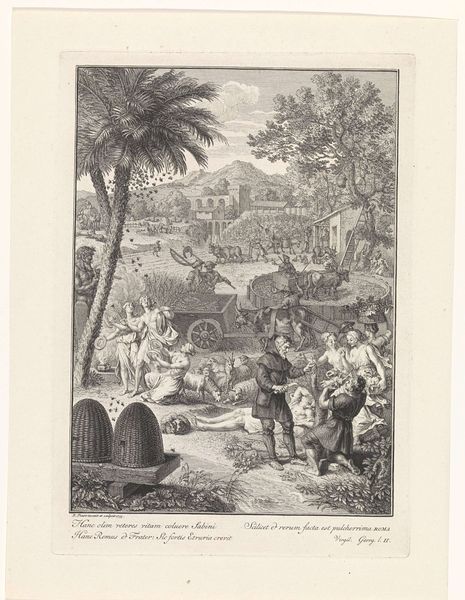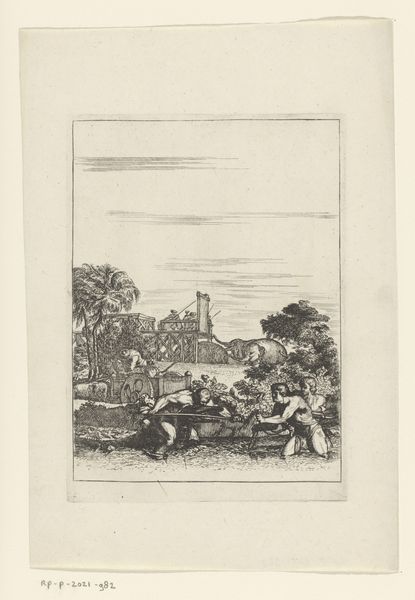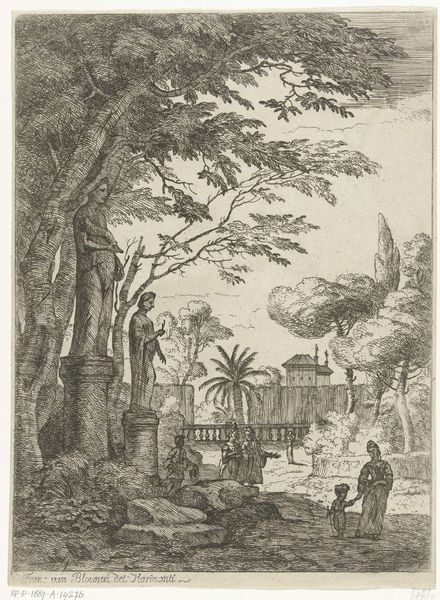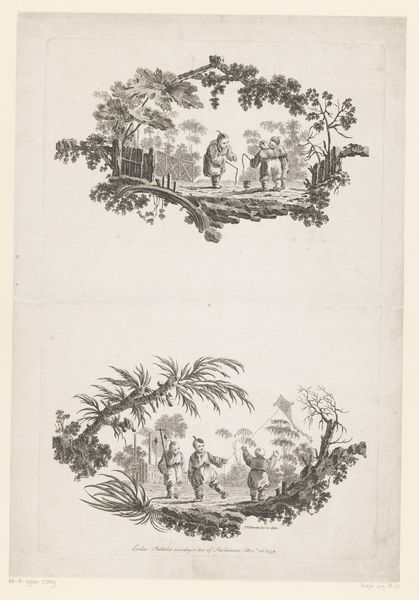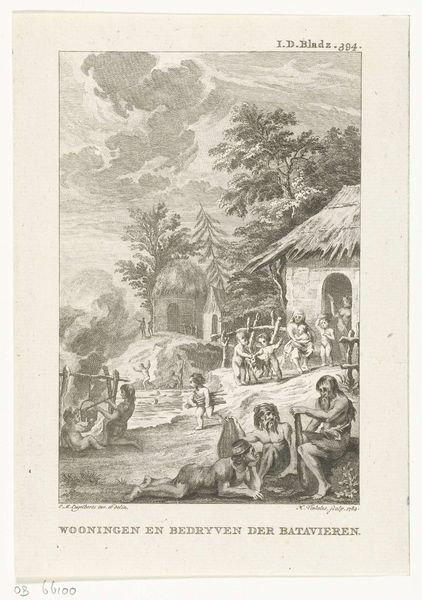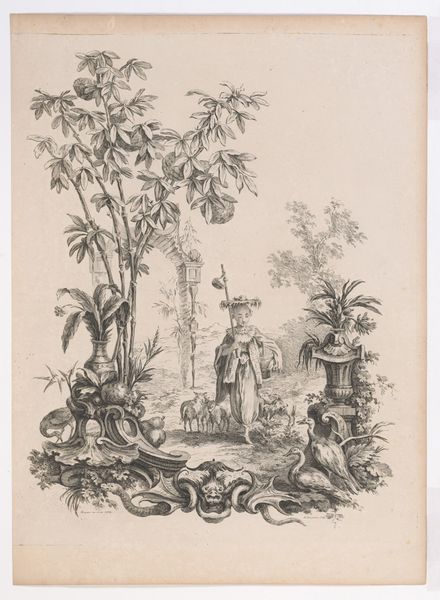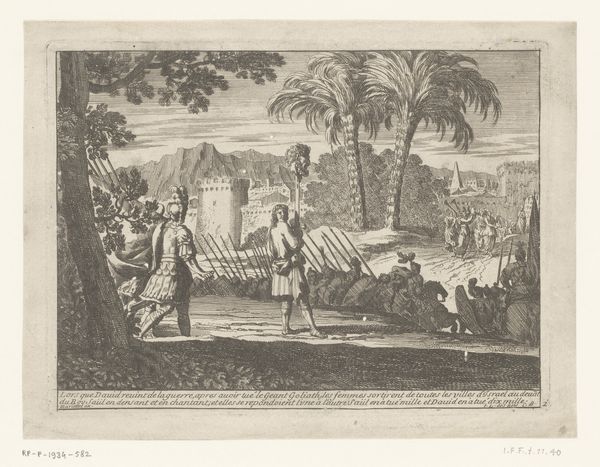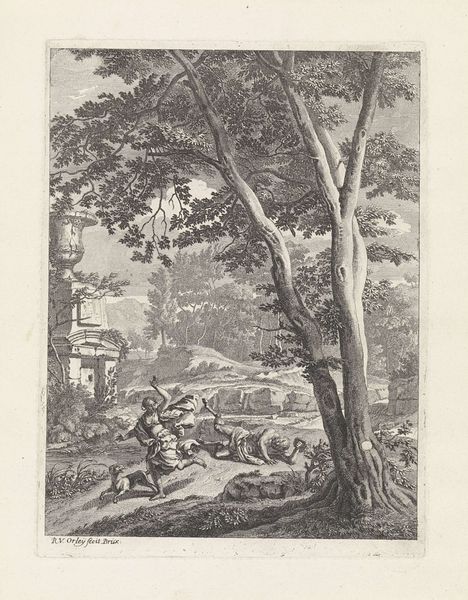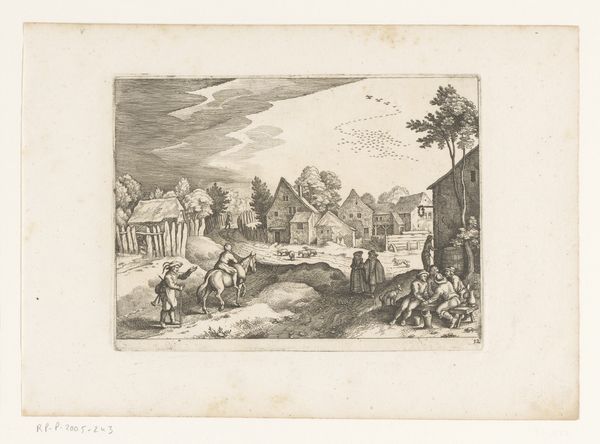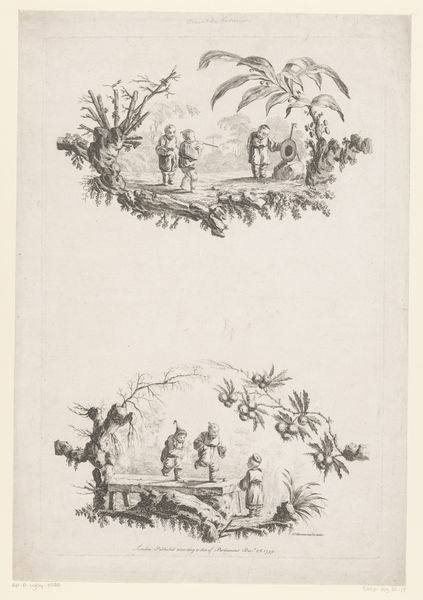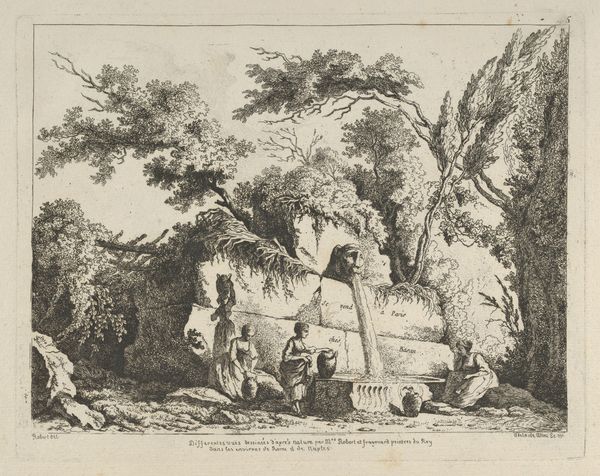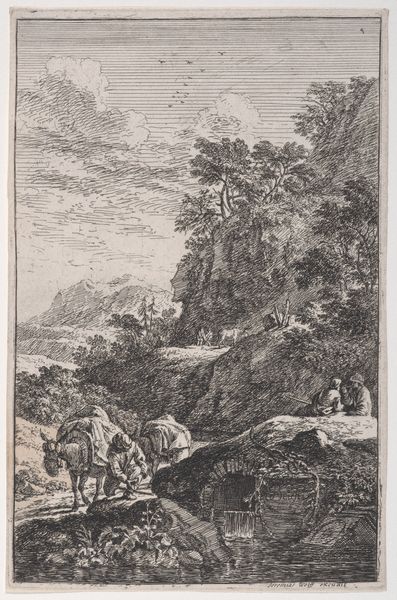
engraving
#
allegory
#
baroque
#
old engraving style
#
landscape
#
genre-painting
#
engraving
Dimensions: height 255 mm, width 181 mm
Copyright: Rijks Museum: Open Domain
Editor: We’re looking at "Allegory on Agriculture," an engraving made in 1733 by Bernard Picart. It’s incredibly detailed and seems to depict various scenes of agricultural labor in a kind of idealized landscape. What catches your eye in this busy composition? Curator: This piece, while seemingly idyllic, speaks volumes about power dynamics in the 18th century. Look closer – how is labor represented here, and who seems to benefit the most? It's important to think about whose stories are being told, and from what perspective. The presence of classical figures amongst agricultural workers begs the question, does it truly represent labour, or merely appropriate its symbolism to serve an elitist view? Editor: I see what you mean. It's not a straightforward celebration. There’s this classical imagery combined with everyday rural scenes... Are you suggesting there's a tension between the reality of agricultural life and a more romanticized vision? Curator: Precisely. This tension reveals a complex dialogue surrounding labor, class, and representation. Notice the allegorical figures. They embody abstract ideas about agriculture, but what about the real human cost of farming and food production? It urges us to investigate what societal norms and political structures underpinned and legitimized depictions like this. Editor: So it's less about the literal depiction of agriculture and more about what it says about society's values and power structures at the time. I never would have thought about that. Curator: Right, understanding art requires us to critically examine the historical and social contexts within which they were created, especially relating to identity, gender, race, and politics. By considering the power dynamics embedded in seemingly straightforward imagery, we can unlock deeper understandings. Editor: This has given me a whole new lens through which to view artworks. Thanks! Curator: Indeed. Art provides opportunities to engage with our past critically, prompting reflections on power and identity and how those factors shape the present.
Comments
No comments
Be the first to comment and join the conversation on the ultimate creative platform.
